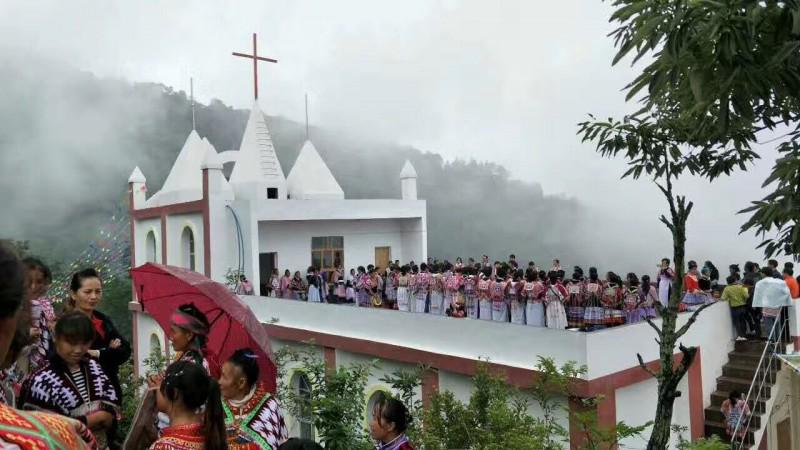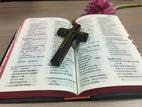If you attend a church service in the Wumeng Mountains, you'll discover a unique phenomenon where believers sing and dance from the Spirit and speak in tongues.
When filled with the Holy Spirit during services, brothers and sisters of Wumengshan Church sing spiritual songs and dance spiritual dances.
Most of the Miao spiritual songs aren't composed in a conventional way, but put into note from unconscious humming when people are touched by the Holy Spirit during the day or when asleep. Some are taught in dreams by people or angels, then people ask literates to write them down in the morning. This is how the beautiful melody has passed on in the last fifty years.
Especially in the 70s and 80s, the songs encouraged and comforted many Christians. Many believers continue to be strengthened because of it. Many people convert after hearing the songs and even unbelieving villagers know how to sing these spiritual songs.
The hymns are mostly spiritual songs and not fixated on one particular hymn book, i.e., The Chinese Hymnary, Cannon Hymnal, The New Hymnal, Stream of Praise, and more.
The church quotes Ephesians 5:19 when singing spiritual songs: "Speaking to one another with psalms, hymns, and songs from the Spirit. Sing and make music from your heart to the Lord."
The phrases most commonly quoted are "hymns, songs from the Spirit, and speaking to one another." "Spiritual songs" are sung during meetings and "Speaking to one another" means people speaking in tongues.
Churches here refer to tongues as "dialectal wisdom." "Dialect" is difficult to understand and the wisdom is like Psalm and Proverbs in the Bible, also easy to memorize and understand as it rhymes like ancient poems. Sometimes these two are spoken at the same time.
The wisdom is also known as hymns since it's made of the Word of God.
At times, prophecies are also a part of the service to point out things the church is going to face.
The "waves" filled with the Holy Spirit make people leave their seat during the sermon, clapping hands, hopping around or just in one spot. Some would hop to the podium to do it with the preacher.
"Wisdom" would also come out in the process. Starting with one, then two, five, ten...
In the end, basically all the congregation get up to join in the tongues. The entire atmosphere is lifted.
The seating arrangement is also special to enjoy the Holy Spirit freely in the river of the Spirit.
In Shao Tong, the pews face toward the podium with men on the left side and women on the right.
In churches like Wei Ning and He Zhang, male and female believers sit face to face and the aisle in-between is for sermons. This means by sitting on both sides of the river, the congregants will be immersed in the Holy Spirit as it filled the church.
In An Shun, people sit in a circle waiting to be filled with the Holy Spirit before moving their chairs out, then sing and dance like around a bonfire, only there is no fire in the middle.
There is a saying in the local churches: Yi people can talk, Dahuamiao can sing, and Xiaohuamiao can dance.
This is the story of the spiritual songs and dances in the churches in Wumeng Mountains.
(Note: the author is a freelance contributor and Christian in Shaotong, Yunnan. The viewpoints represent the author's only)
-Translated by Grace Hubl










